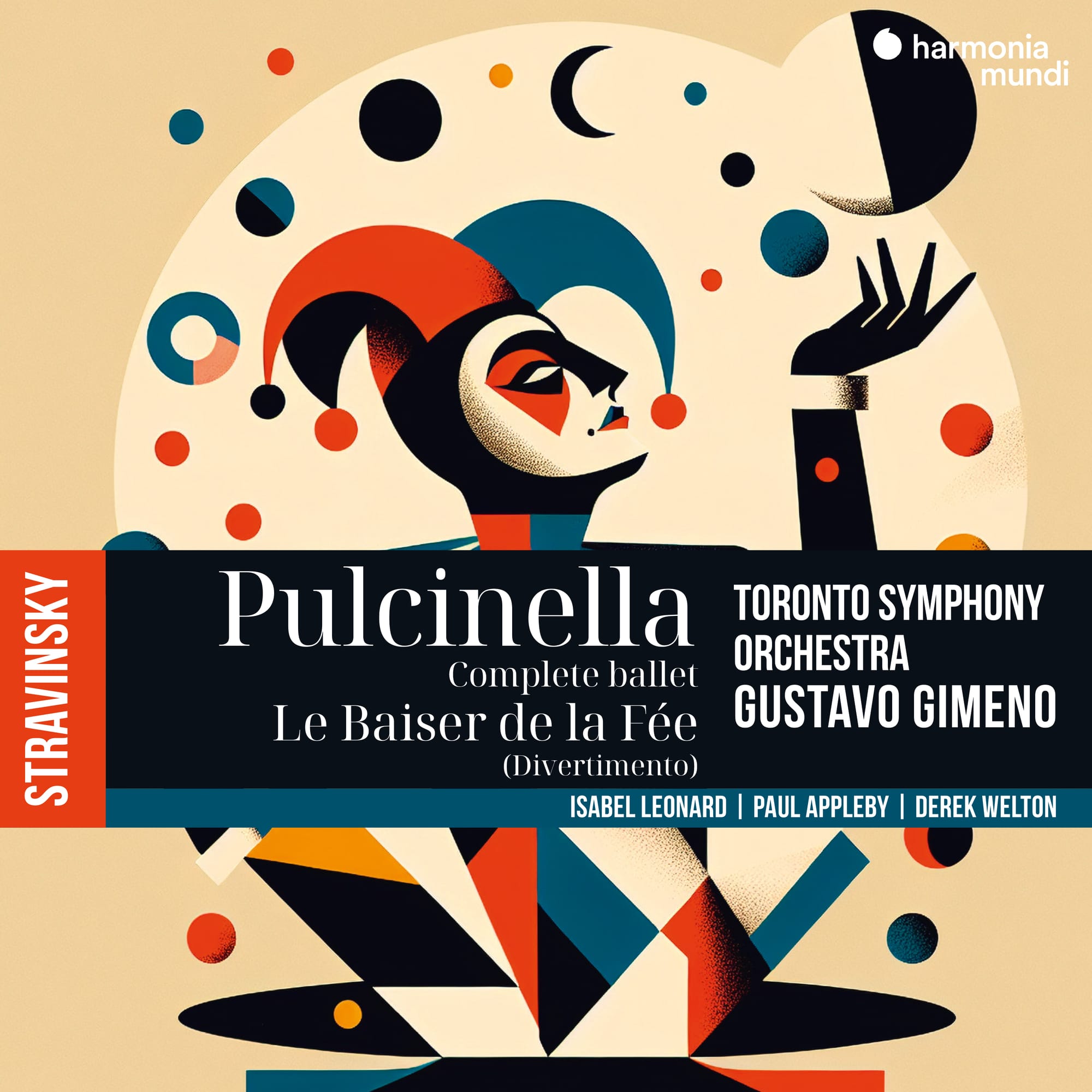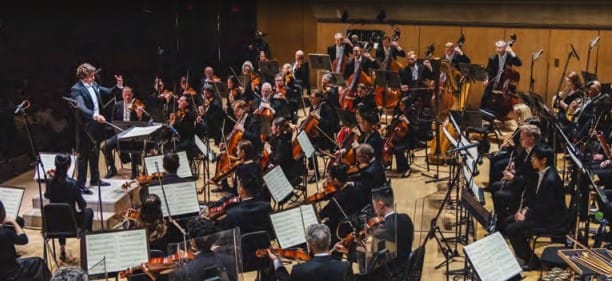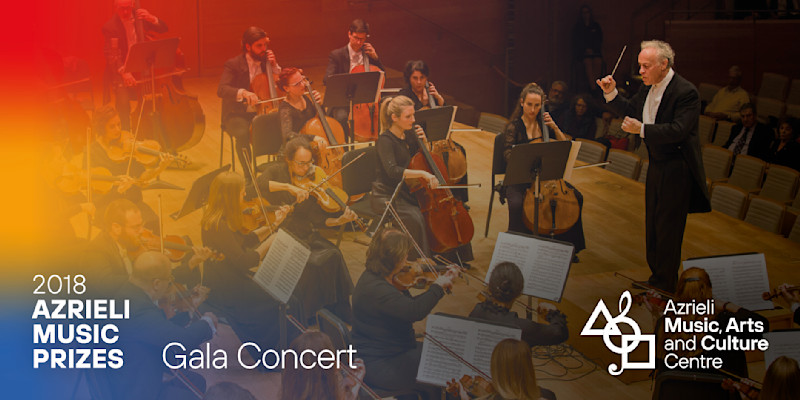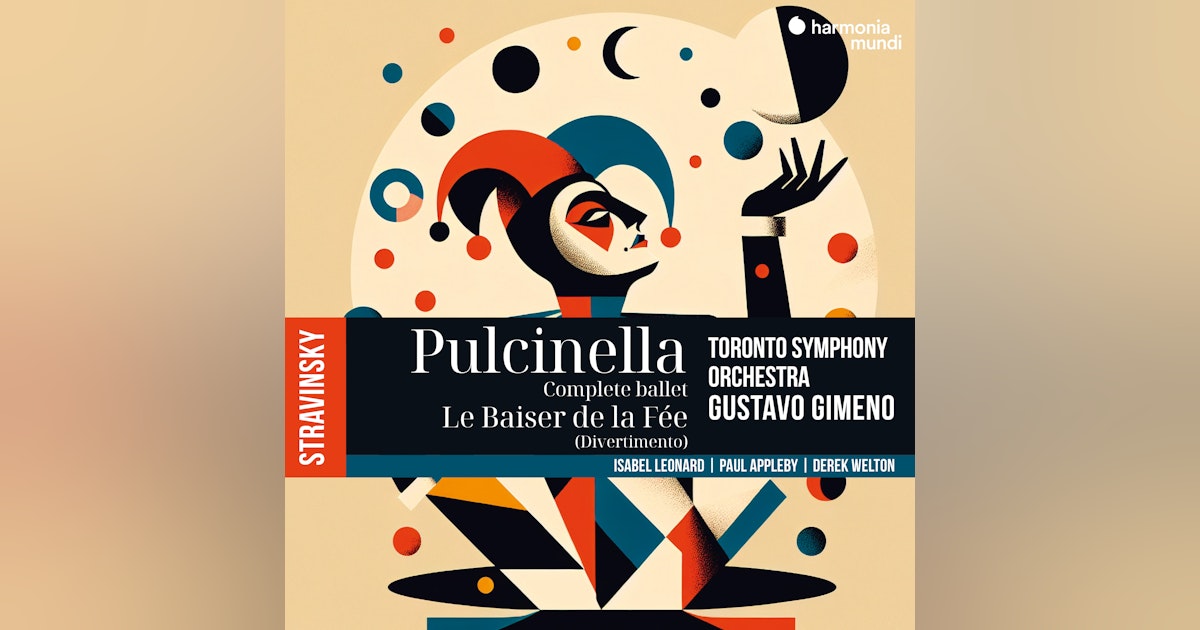Stravinsky from Toronto

Part of Stravnisky's Neo-Classicism was his work with the music of older composers, and we see two instances of that thee: chikovsky for L raise de la fée and 18th-Centuy Naples for Pulcinella. It is worth doing the Stravinsky himself had in association with the Toronto Symphony Orchestra, the orchestra here; and the performances glow with affection under Gustavo Gimeno.
The performance of the Diverimeto from Le baiser de la fée (The Fairy's Kiss) is magical. The changes of mood are instantaneous; dance moments are gloriously characterful, as re woodwind throughout. Here's the second movement, “Danses suisses”:
The orchestral discipline is terrific (as is the recording): Gimeno is clearly a fine, fine conductor. The finale has real bite, too. A terrific reading:
A nice complement to this s Riccardo Chailly's Decca reading with the London Sinfonietta, included in the company's 11-CD Chailly Stravinsky box. Smoother, perhaps (and only of three movements: Sinfonia, Dances suisses and Scherzo), it remains suave and enjoyable; butGimeno is pferble. Chailly's recoding is also less detailed in the "Danses susses". Here's the first movement (with the original cover):

The non-Stravinsky piece is by Kelly-Marie Murphy (born 1964) and is a celebration of that great Canadian icon, Glenn Gould: Curiosity, Genius, and the Search for Petula Clark. The Petula Clark aspect is one particular song Gould heard while driving, Who am I?, and the way he sought it out via various radio stations n route (hence the "search"):
.. and, of course, Gould's 23-minute documentary, The Search for Petula Clark, available complete below. here are memorable moments for sure: "that voice, fiercely loyal to its one great octave ...". Gould's analysis of the song is virtuoso, taking in Milton Babbit along the way (and also the pop song Downtown):
Muphy's orchestral piece, receiving its first recording here, celebrates both Stravinsky's 85th 'birhday' and the 70th anniversary of his debut with the Torono orchestra, I'm to sure either Glenn or Petula are so audibly obvious in Murphy's piece, but she provides a viably scored, imaginative soundscape. The Orono player allow the music to glisten in an almost filmic way at times. And there's a moment of Bernstein-like exuberance, too. The Toono aches is on fire though: Murphy could hardly ask for a finer reading or recording:
Murphy is n interesting composer. A piece issued broadly at he same time by teh Caadian Ams Centenaries Orchestra and Alexande Shelley is Dark Night, Bright Sars, Vast Universe (2023) on Analekta, which demonstrates similar timbral imagination, his time based on Richard Strauss' Don Juan. There is a recording on Analekta, but here's a live performance by the same forces:
... and also Murphy was active in the Azrieli Prizes (which I covered in Montréal recently for Classical Music magazine, and in London): this was an earlier year however and her En el escuro es todo uno (“In the Darkness All is One,” for harp, cello and orchestra) is available on Volume 2 of the New Jewish Music series on Analekta. Here's the astonishingly expressive first movement, “Lamenta”. I do hope you give this a go, it's worth it:
he Pulcinella is the whole ballet, not the suite, and with voices. Listen to the clarity and sprightliness of the opening:
Those used to the suite might be surprised by the use of a ten0 - here the excellent Paul Appleby - in the Serenata:
The detail Gimno extracts fom his foces is supeb: as are transitions, seamless here (fro the Allegro fourth movement to he Andantino fifth - sadly juxtaposing two tracks on YouTube doesn't demonstrate this so you need to go to the disc!).
It is wonderful to have the great singer Isabel Leonard - luxury casting if ever there was - for the mezzo movements. Here she is in “Contento forse vivere,” a voice of velvet and perfectly suited to this (Leonard shines, also, in the la "Se tu m'ami"):
Derek Welton is a strong bass-baritone; he has not always impressed so much, bu h suits this. Worth noting the is a io in which all soloist feature, "Sento dire no 'ncè pace," beautifully shaped by Gimeno. This is Stravinsky at his most tenderly beautiful (although still at a remove!):
The virtuosity of orchestra and Appleby/Leonad in "Noè sta cquaccuna pò" is remarkable; the orchestra shines again in the "Tarantella":
Is the Vivo (movement's XVIII) a touch too neat? Surprisingly, maybe, for the brass: no faulting the double-bass, though:
But the it all clicks back into place: the great build-up to the frenetic final, bu tee with voices (all there, "Pupillette, flatmate d'amor". The led-in to the finale is perfectly managed by Gimno, and if no-one will ever match the excitement and precision of a performance I once heard a London's Southbank by the Ensemble Intercontemporain under one Pierre Boulez, this reminds pretty impressive stuff:
I fervently hope for more Stravinsky from this source: Apollon musagète would be a fabulous contrast to these two, for example, although I see Gimeno has already recorded this piece with the Luxembourg orchestra.
The disc is available for Amazon here: streaming below. The Stravinsky Edition box (Chailly) is available here (but only second hand copies). New Jewish Music, Volume Two is available here.
The Azrieli concert referenced above (New Jewish Music) is also available complete as a fee stream at iDagio:




